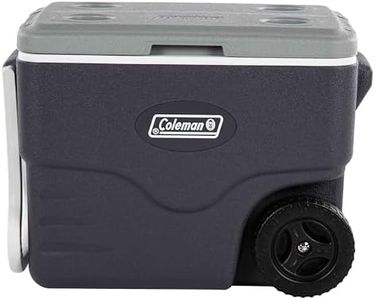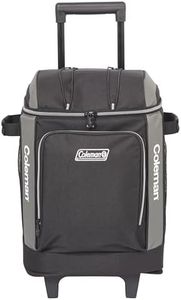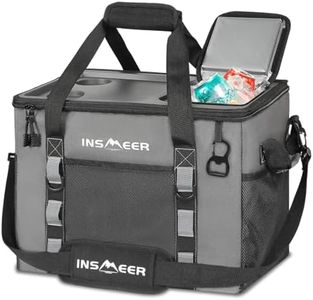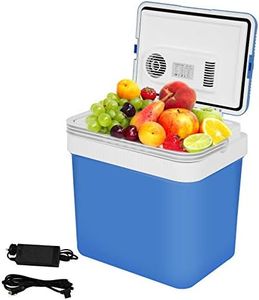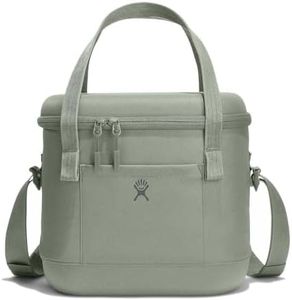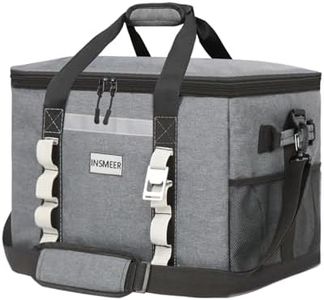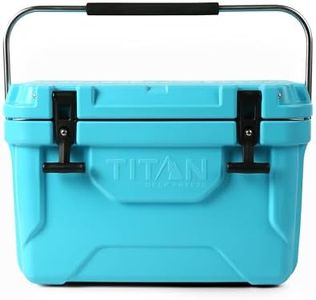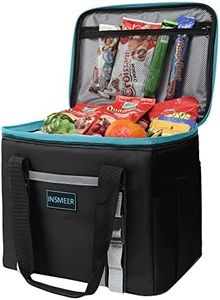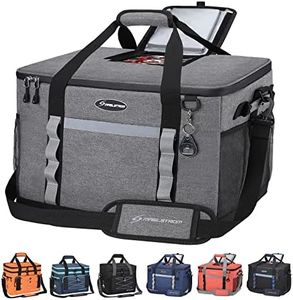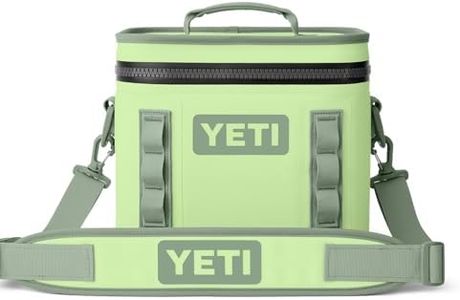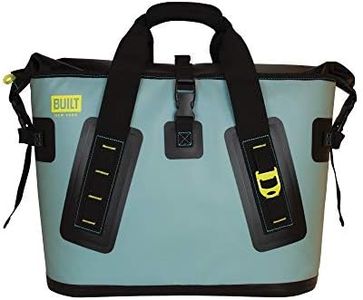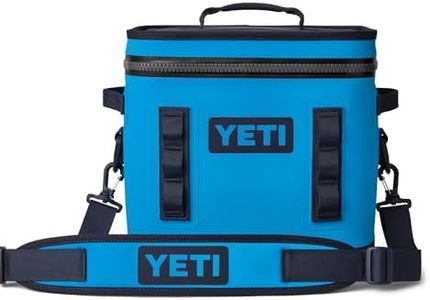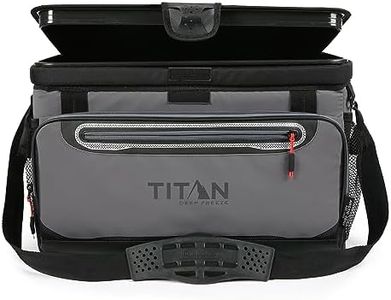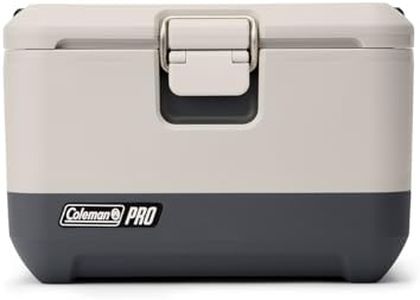We Use CookiesWe use cookies to enhance the security, performance,
functionality and for analytical and promotional activities. By continuing to browse this site you
are agreeing to our privacy policy
10 Best Portable Coolers
From leading brands and best sellers available on the web.Buying Guide for the Best Portable Coolers
Choosing a portable cooler can make a big difference in how comfortable and enjoyable your outdoor adventures, picnics, or road trips are. The right cooler will safely keep your food and drinks at the right temperature for as long as you need. When shopping for a portable cooler, it’s important to think about how and where you’ll use it. Consider what you’ll want to keep cold, how long you’ll need it to stay cool, and how you’ll carry it. Exploring and understanding the main features will help you choose the cooler that fits best with your lifestyle and intended use.CapacityCapacity refers to how much the cooler can hold, usually shown in liters, quarts, or by how many cans it fits. This is important because a cooler that’s too small might not fit everything you need, while one that’s too big can be heavy and awkward. Small coolers (around 8-20 quarts/liters) are ideal for quick trips, lunches, or a couple of drinks. Medium (about 20-40 quarts/liters) can handle day trips or picnics for small groups. Large coolers (over 40 quarts/liters) are great for family outings or several days of use but are bulkier. To pick the right size, think about how many people you’re packing for and how long you’ll need items to stay cool.
Insulation PerformanceInsulation performance measures how long the cooler keeps ice or your items cold. This depends on the materials and thickness of the cooler walls and lid. High-performance or “premium” coolers can hold ice for several days, while basic models may do so for only a day. If you’ll be out for long periods or don’t have frequent access to new ice, strong insulation is key. For short trips, less insulation might be fine. The right choice is based on your trip length and how vital it is to keep items chilled.
PortabilityPortability describes how easy it is to move your cooler around. Features like handles, wheels, and overall weight are important here. Lightweight, compact coolers are better for personal use or hiking, while heavy-duty coolers with wheels and sturdy handles are valuable if you’re carrying heavy loads across longer distances like campsites or beaches. To decide what suits you, consider how much you’ll need to carry it and over what kind of terrain.
DurabilityDurability is about how well the cooler holds up to bumps, drops, sun, and regular wear. Hard-shell (plastic or metal) coolers are tougher and better for rough use, while soft-sided coolers are lighter but may not last as long or offer as much protection. If you’ll be taking it to rugged places or using it frequently, look for a model known for being sturdy. For light, occasional use, less durable options may be sufficient.
Ease of CleaningEase of cleaning matters for hygiene and simple maintenance. Smooth interior linings, drain plugs, and detachable lids can make cleaning much easier. If you expect spills or use your cooler often for various foods, a model that’s quick and easy to clean will be a big help. Think about how likely your cooler is to get dirty when choosing this feature.
Type (Hard vs. Soft)Portable coolers mainly come in hard-sided and soft-sided types. Hard coolers offer superior insulation and protection from crushing, but are bulkier. Soft-sided coolers are much lighter, easier to carry, and can be collapsed for storage, though they don’t keep items cold as long. Your decision here depends on what you value more: convenience and lightness or cold retention and protection.
